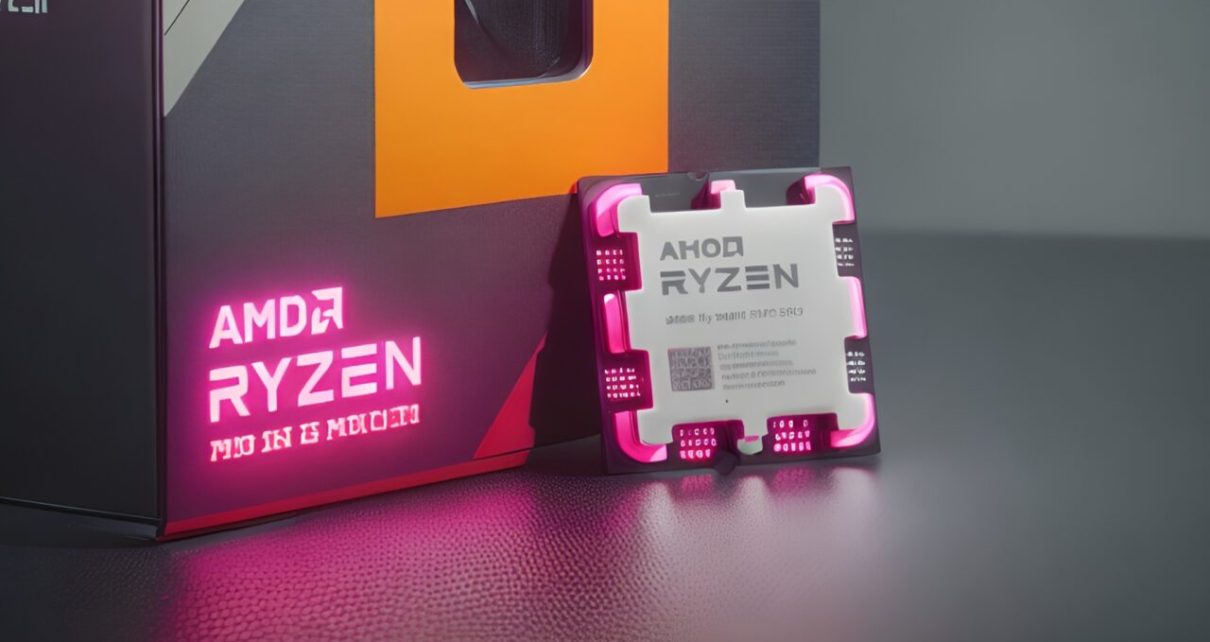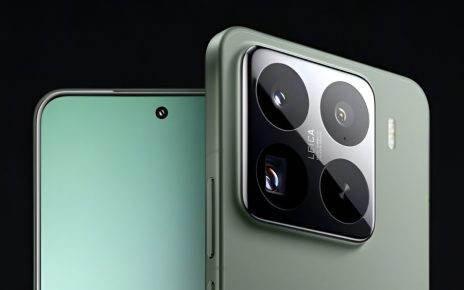Introduction to AMD Ryzen 9 X3D processors
The tech world is buzzing with excitement over the AMD Ryzen 9 X3D processors. These chips promised revolutionary performance and cutting-edge features, making them a hot topic among gamers and content creators alike. With their sleek design and advanced technology, expectations soared high. However, as initial reviews roll in, some consumers are left feeling more than just underwhelmed. What happened to the hype? Let’s dive into the details of these processors to uncover what might be causing this disappointment.
Features and specifications of the processors
The AMD Ryzen 9 X3D processors boast impressive specifications designed to cater to high-performance computing needs. With a staggering core count, these chips offer exceptional multi-threading capabilities, making them ideal for gamers and content creators alike.
Equipped with cutting-edge 3D V-Cache technology, the X3D models enhance memory capacity. This results in improved data access speeds and overall efficiency during intensive tasks.
Clock speeds reach notable levels as well, ensuring that users can experience robust performance across various applications. The architecture supports advanced features like Precision Boost and Extended Frequency Range (XFR), which optimize power usage while maximizing output.
Additionally, compatibility with the AM5 socket opens up myriad options for users looking to upgrade their systems without hassle. These specifications highlight AMD’s commitment to pushing boundaries in processor design and performance.
Initial reactions and expectations from consumers
When the AMD Ryzen 9 X3D processors were announced, excitement rippled through the tech community. Gamers and creators had their hopes set on these cutting-edge chips to elevate performance.
Early previews hinted at groundbreaking advancements in multi-threading capabilities. Many anticipated a boost in frame rates for gaming, along with seamless multitasking efficiency.
As reviews started rolling out, initial reactions varied widely. Some users hailed improvements while others expressed frustration over underwhelming results compared to expectations.
The hype surrounding the X3D branding added pressure. Consumers wanted a transformative experience, but reality sometimes fell short of that vision. The mixed feedback sparked discussions across forums and social media platforms, showcasing a divide among enthusiasts about what they truly received versus what was promised.
Performance tests and benchmarks
Performance tests and benchmarks for the AMD Ryzen 9 X3D processors have stirred quite a debate among tech enthusiasts. Initial results showcase impressive multi-threaded capabilities, which are ideal for content creation and heavy multitasking.
However, in gaming scenarios, some users expected to see substantial gains due to the innovative 3D V-Cache technology. While certain titles benefited from this feature, others did not show marked improvements compared to previous models.
Thermal performance is another aspect worth noting. Many found that while these processors can handle demanding tasks efficiently, they also tend to run hotter than anticipated under load conditions.
In synthetic benchmarks like Cinebench R23 and Geekbench 5, the Ryzen 9 X3D performed well but didn’t always lead its class. Users looking for definitive upgrades may find their expectations unmet when evaluating real-world performance versus hype.
Possible reasons for disappointment
Many enthusiasts had high hopes for the AMD Ryzen 9 X3D. However, initial reviews have revealed a few underlying issues that may lead to disappointment.
One major factor could be the thermal performance. Some users reported overheating problems during heavy workloads. This can throttle performance and hinder overall efficiency.
Another aspect is compatibility with existing hardware. Several consumers encountered issues when pairing these processors with older motherboards or specific RAM configurations, limiting their potential.
Additionally, while multitasking capabilities were advertised, benchmarks showed mixed results compared to competitors in similar price ranges. Expectations built up around enhanced gaming experiences but didn’t always translate into tangible improvements.
Supply chain challenges led to inflated prices in some regions. When expectations clash with reality at such costs, frustration is inevitable among buyers seeking value for money.
Potential solutions and alternatives for disappointed consumers
For those feeling let down by the AMD Ryzen 9 X3D, several options are available to enhance your computing experience. First, consider optimizing existing settings. Fine-tuning BIOS configurations or leveraging overclocking can sometimes yield better performance.
If you’re still not satisfied, exploring alternative processors is a solid choice. The Intel Core i9 series offers competitive performance and may suit your needs better.
Another avenue is upgrading other components in your system. Investing in faster RAM or an NVMe SSD can significantly boost overall speed and responsiveness, potentially mitigating any shortcomings of the CPU.
Keep an eye on upcoming hardware releases. The tech world moves fast; newer models might address current disappointments while bringing exciting features to the table. Staying informed ensures you make choices that align with future advancements in technology.
Conclusion: Final thoughts on the AMD Ryzen 9 X3D processors
The AMD Ryzen 9 X3D processors sparked excitement among tech enthusiasts and gamers alike. With their advanced architecture and impressive specifications, they were expected to deliver top-tier performance. However, the initial reactions have shown a different story.
Many consumers anticipated groundbreaking improvements over previous generations. The hype surrounding these processors set high expectations for what they could achieve in real-world applications. Unfortunately, some early reviews suggest that the performance gains may not be as substantial as hoped.
Performance tests revealed mixed results across various benchmarks. While certain tasks showed notable advantages, others fell short of delivering the promised enhancements. This inconsistency has left many users feeling underwhelmed.
There are several reasons behind this disappointment. It’s possible that competitive pricing strategies led to compromises in design or manufacturing processes. Additionally, software optimization might not yet fully leverage the unique capabilities of these chips.
For those who feel let down by their purchase, there are alternatives available on the market worth exploring. Other models from AMD or even Intel’s offerings can provide comparable performance without sacrificing value or reliability.
As we navigate through these developments with the AMD Ryzen 9 X3D processors, it remains essential for consumers to weigh their options carefully before making a decision on upgrades or new builds. The landscape is ever-changing and staying informed will help ensure satisfaction moving forward.



